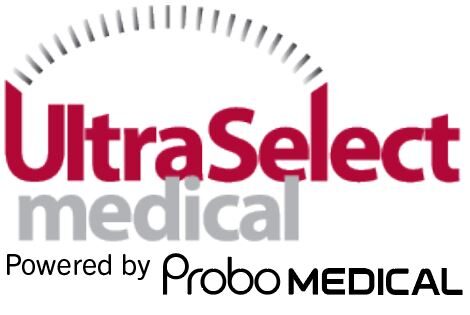As a teacher for a couple of decades in nontraditional subjects and one who has a degree in this area in addition to being a sonographer, there are some insights I would like to share. It would be great if everyone would take great notes and remember all the details necessary to become a great sonographer. That just does not happen. When I do applications I do not have the luxury of figuring out how each person relates to their ultrasound machine. However there are things that each sonographer can do to help themselves be successful. This first thing is to figure out what type of learner you are? It is critical to understand this so you can help yourself be better at anything you choose to do.
There are seven types of learners. There will be some overlap in the categories because people do not fit neatly into boxes. To be successful in sonography you may need to develop an overlap or train your brain to be receptive to another category. The typical way ultrasound is taught is see one, do one and teach one. This is a holdover from the way things were taught in medical schools. In ultrasound that really does not work well. Ultrasound is a blend of the art and science of our chosen field.
The first type of learner is the visual category. These people retain information best with the use of diagrams, pictures and color coding. These are people who are adept at spatial relationships. These sonographers will excel at 3D and 4D imagery. They understand the relationship of the organs to each other and their angles. Teaching any area of ultrasound will involve many visual aids.
The second type of learner is the auditory (aural) learner. Just like it sounds, these pupils learn best by hearing the words. This includes reading and writing. We love those that take notes and this group takes very good notes. Those notes are well organized and complete. The sonographer who sees that notes are necessary will hopefully adapt to using methods of learning. The trick for this section of sonographers is to relate what is in the book to their relationship with the patient and the machine.
The third type of learner is the verbal learner. Some consider this a subsection of the above category. These students are like a hearing sponge. They will look at you when you speak, not at your white board or the machine. There is a vast amount of information that they can retain. The challenge is how to take what they hear and apply it to ultrasound. There may be challenges in how to absorb the spatial requirements in relating what they learn to what they see on the screen. Try getting them to verbalize back to you the concepts at hand. Getting them to form their own questions and answers is also helpful.
The fourth type of learner is the logical one. Things must make sense based on the principles for them to retain the information. These sonographers will love physics. They have an affinity for numbers and statistics. The trick here is to have them relate all of that to pathology and the patients. Many times patients do not make sense so that is a challenge. Try to get these students to incorporate all of what they learn into a system (the big picture) and how ultrasound fits into that system.
The fifth type of learner is the physical learner. This is also referred to as kinaesthetics. Knobology will be their thing. Putting their hands on the probe and the machine is how they learn best. Learning by building and moving things around is a win for them. This sonographer will appear to be one with the machine and the probe.
The sixth type of learner is the social learner. They do well in groups and have traits of the verbal learner as well. Group projects are the best way they will comprehend. They may need to understand that ultrasound is usually just you and the patient to set the expectations of the real world working environment. They will expect that logic is the basis of any concept. They make great collaborators.
Lastly, the seventh type of learner is the solitary learner. The group project is not for them. They have a great deal of internal motivation. The trick is to get them to interact with others. Shyness is also a factor here. I have found this type of student to be a fine line between drawing them out and respecting their way of doing things. Logic and organization are their trademarks. Once the solitaries figure out how they will fit in they usually are wonderful sonographers.
So the question is, in a class of thirty or so students how do you make everyone happy? How do you style your content to reach each one? That is the ongoing struggle of teachers in all areas. I try to use every available method that I have learned over the years to engage all of them. This is much easier to do in a class room situation rather than an application arena. I have often asked sonographers and doctors what type of learner they are so I can prepare to teach them well. Doctors are a whole other blog. This concept may help parents as well. If you figure this out early on the struggle may be lessened.


